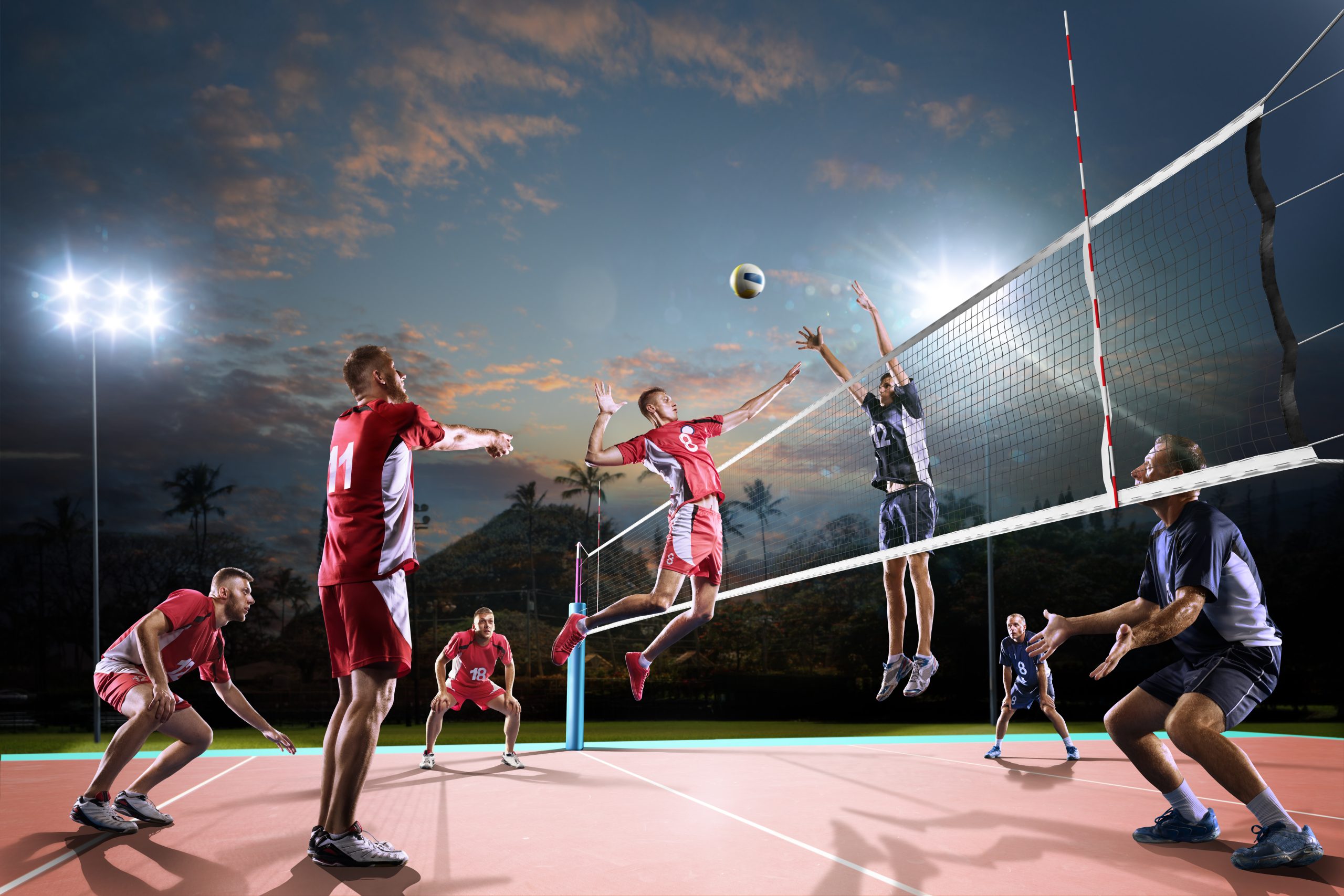Volleyball is a well-liked beach sport and team sport that both seasoned athletes and beginners enjoy. It is a great activity for boosting cardio and coordination. It is also an activity that puts a strain on the players’ joints. Due to frequent impacts, sometimes erratic motions, and multiple falls, the knees are among the body parts most commonly affected by overuse injuries.
Overuse of the knee in volleyball
The knees and shoulders move a lot while playing volleyball. The floor’s hardness can affect the repetitive landings when done in a gym, which ultimately impacts the knee joints. At the beach, the unevenness of the floor can lead to false moves.
The player might choose to “smash” the ball when serving, delaying contact with the ball until it is in the air. The legs must jump in order to execute this move, just like when stopping an opponent’s ball. Leg support and strength on the floor are essential for all positions involving passing between players, setting, and attacking.
A volleyball player could get knee pain if they do not sufficiently contract the nearby muscles or if they have not adequately warmed up and prepared. Knee overuse happens naturally during play as an automatic compensating mechanism. Tendonitis, trauma, and other injuries may arise from this, and they occasionally require time to heal.
Knee pain: the riskiest moves in volleyball
Knee bending and continuous stress are necessary for volleyball.
However, some moves are harder on the knees, including spike serves, which require the player to leap into the air to smash the ball forcefully, or counter blocks, which are used to stop the opposing team’s ball. Jumping is used in this move to block the ball and return it to its starting point. When all eyes are on the ball, it is not unusual for two players to run into each other or trip over one another. Proper alignment of the hands, arms, and feet is crucial to prevent fractures, trauma, and ankle sprains when a ball is landed.
Knee discomfort can be avoided by physically preparing your body for impact and warming up. In fact, you can withstand the effects better with supple muscles, hydrated joints, and a higher heart rate. A physiotherapist or other health care provider can assist you in determining which method of warming up is ideal for you.
Use knee protectors when playing volleyball to prevent knee pain
Fortunately, knee pads can be used to reduce or even eliminate knee pain. Various knee pads are available that can limit knee overuse and early wear in addition to being used to cushion the impact of falls.
The selection of knee pads requires careful consideration in order to support the athlete’s motions, just as the choice of sports shoes. The first step is to determine which knee pads are made for volleyball and not for any other sport. Material changes in accordance with this factor. The difference between knee pads with padding affects how well they breathe.
Second, knowing your knee size will help you select the appropriate size. A comfortable knee pad will fit naturally throughout the action, whereas a knee pad that is too big may slip. If it is too small, on the other hand, it could irritate your skin and restrict your motion. Additionally, consider whether it is soft or rigid. Hard knee pads minimize knee pain by supporting the joints, whereas soft knee pads better protect your knees from impacts.
How should I begin treating my knee pain?
Although wearing protective gear and warming up can help prevent knee pain, you can take action in advance by examining the condition and placement of your feet on the ground. Your podiatric exam can be performed by a podiatrist in a FootNetwork clinic, who can also recommend the best course of action for regaining the health of your knees.

